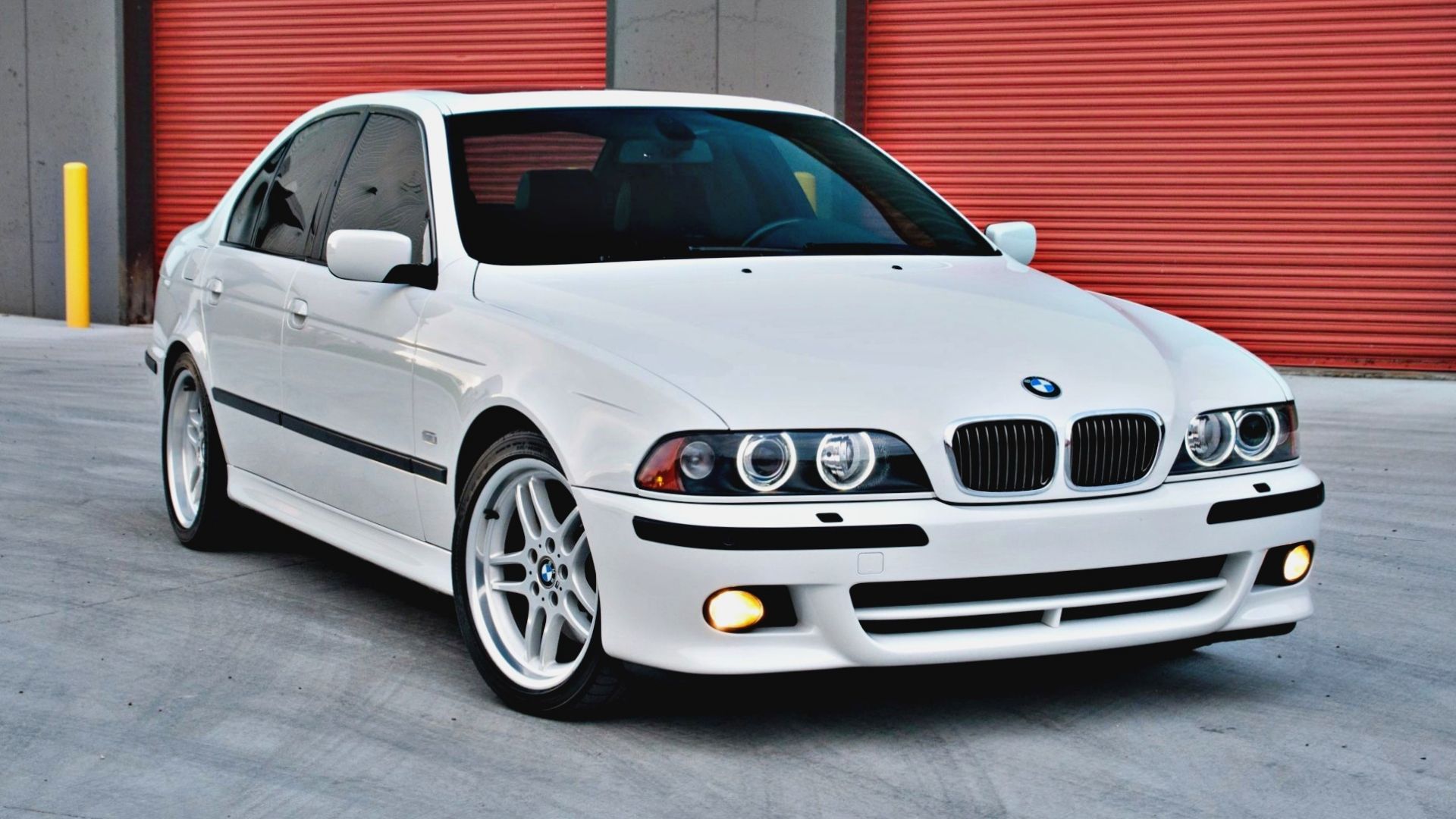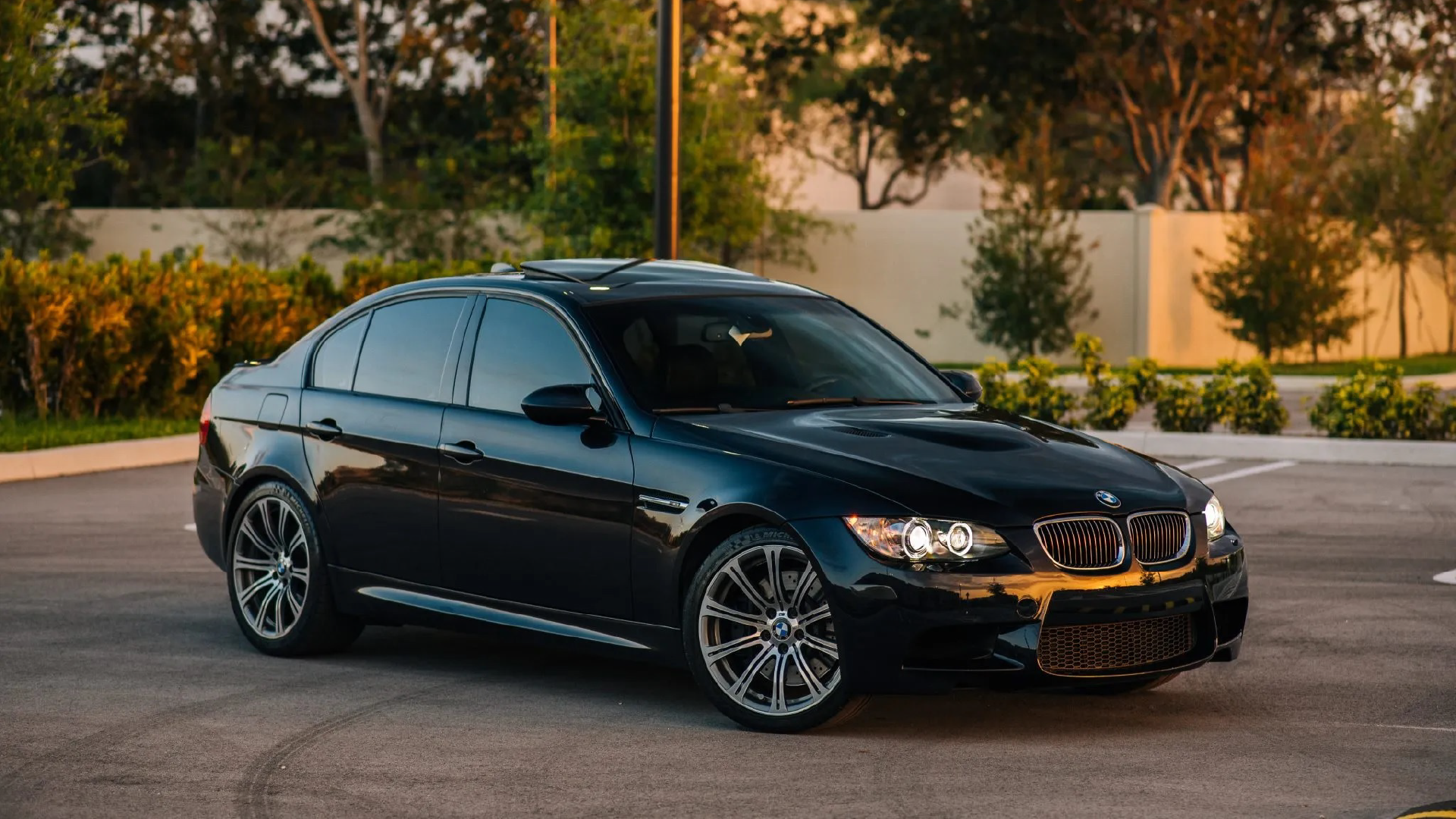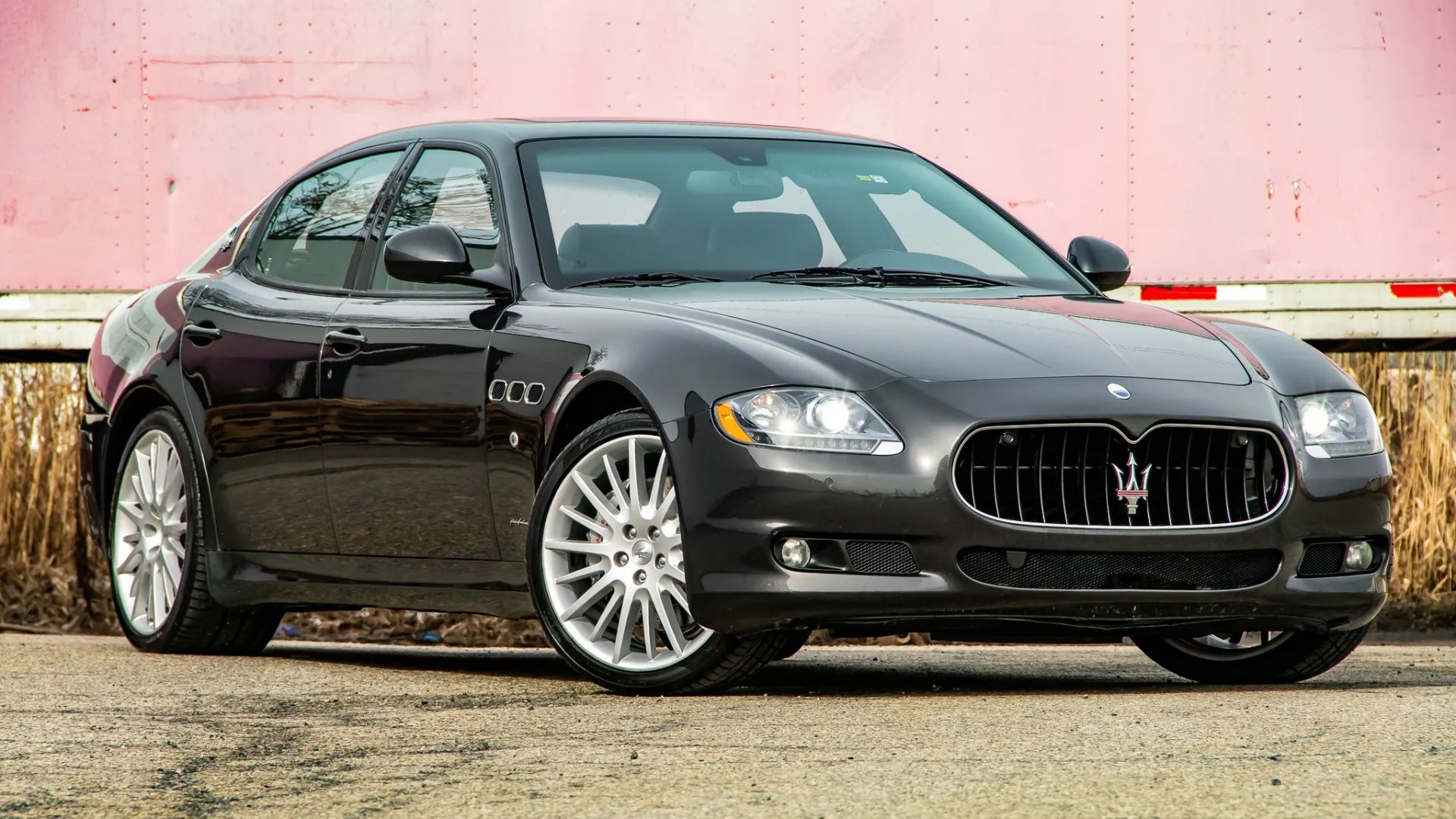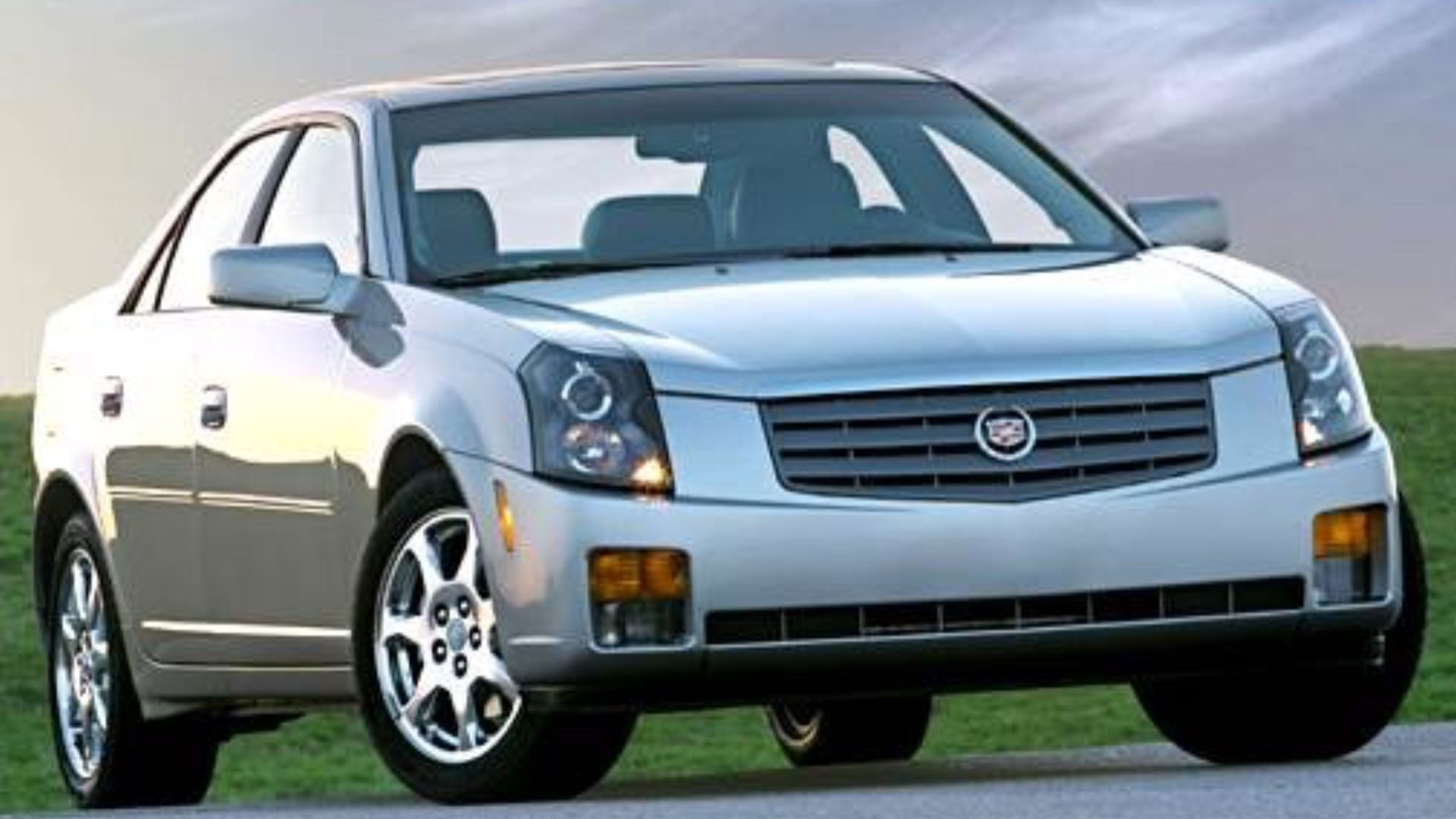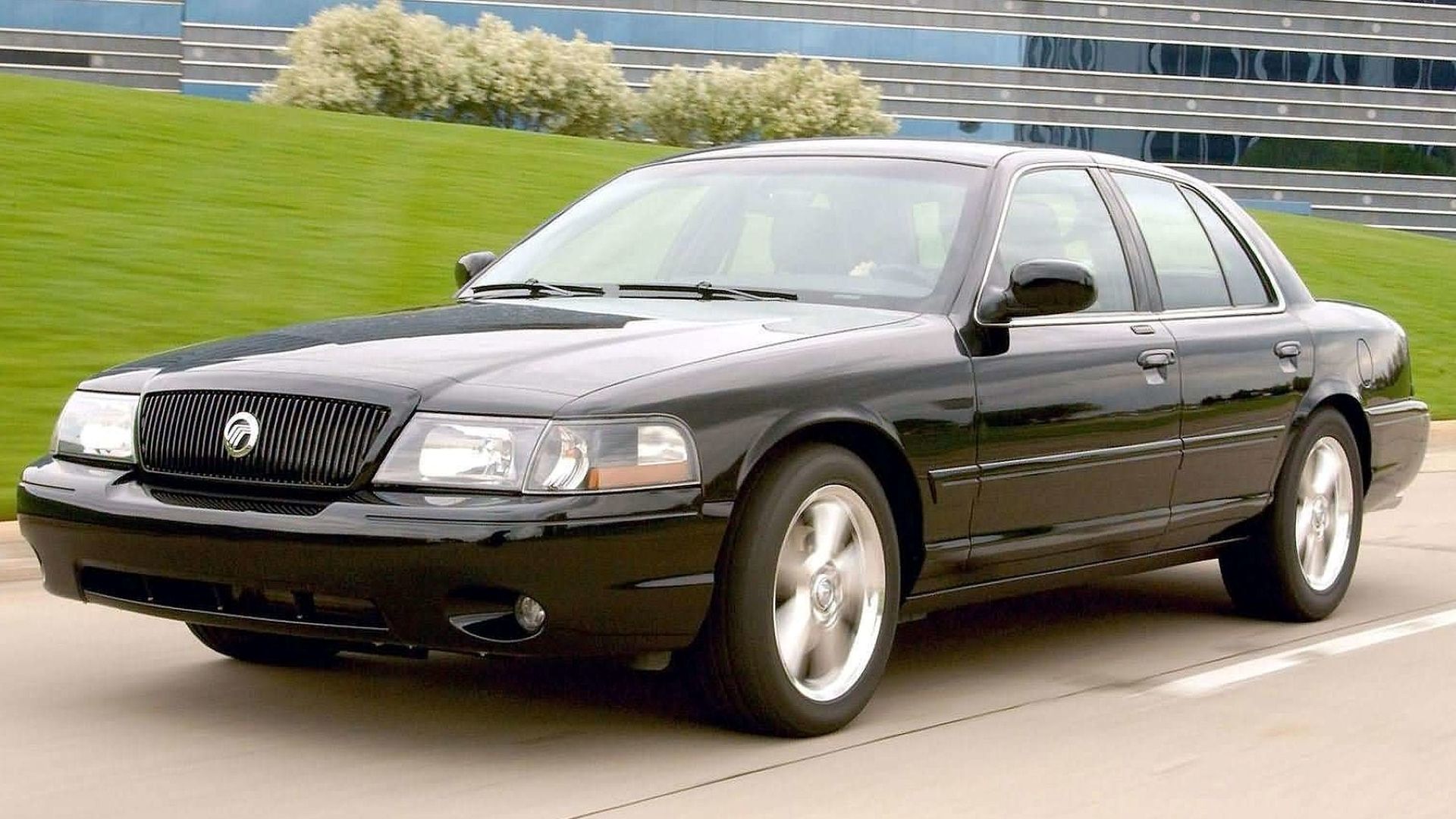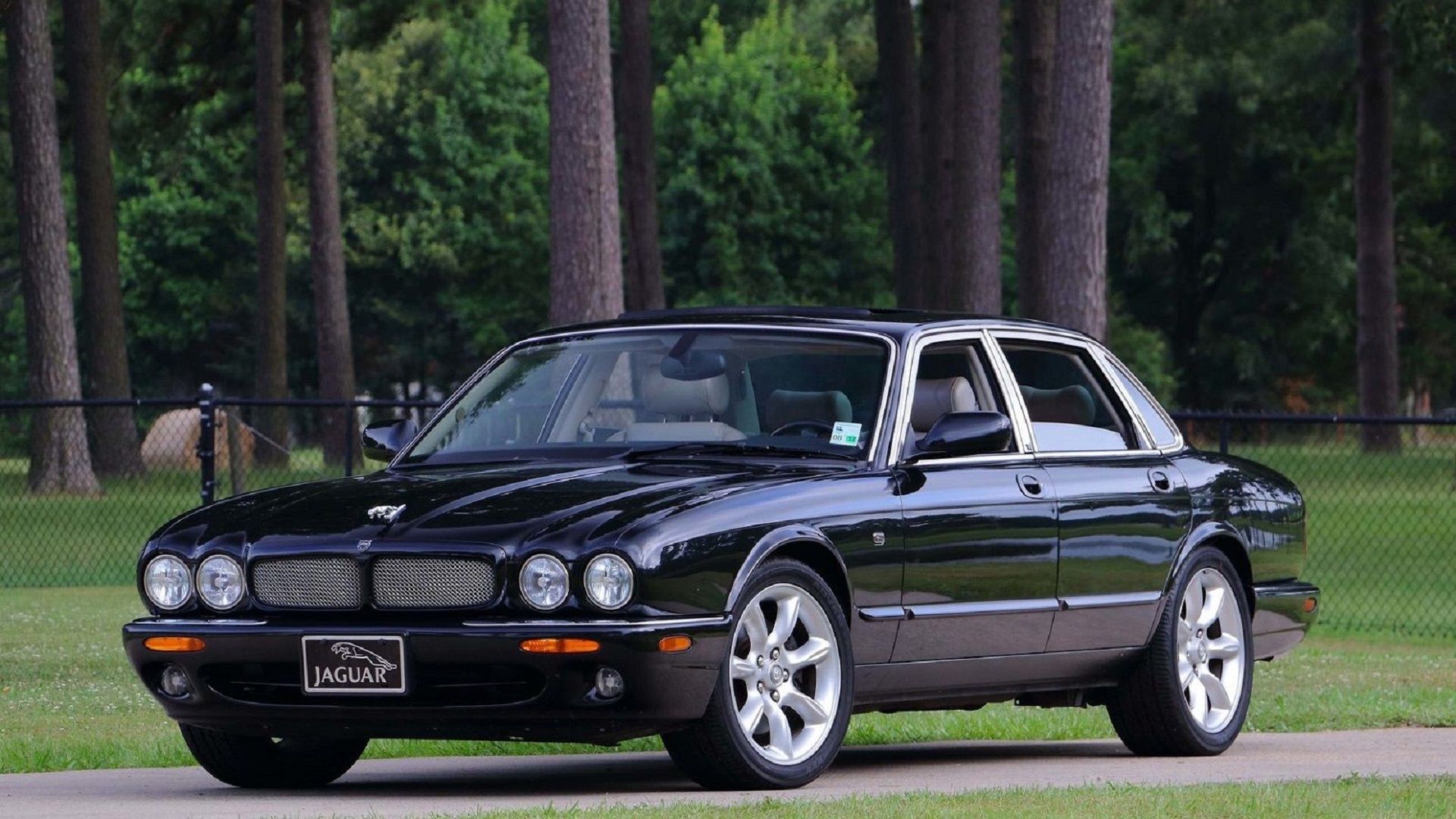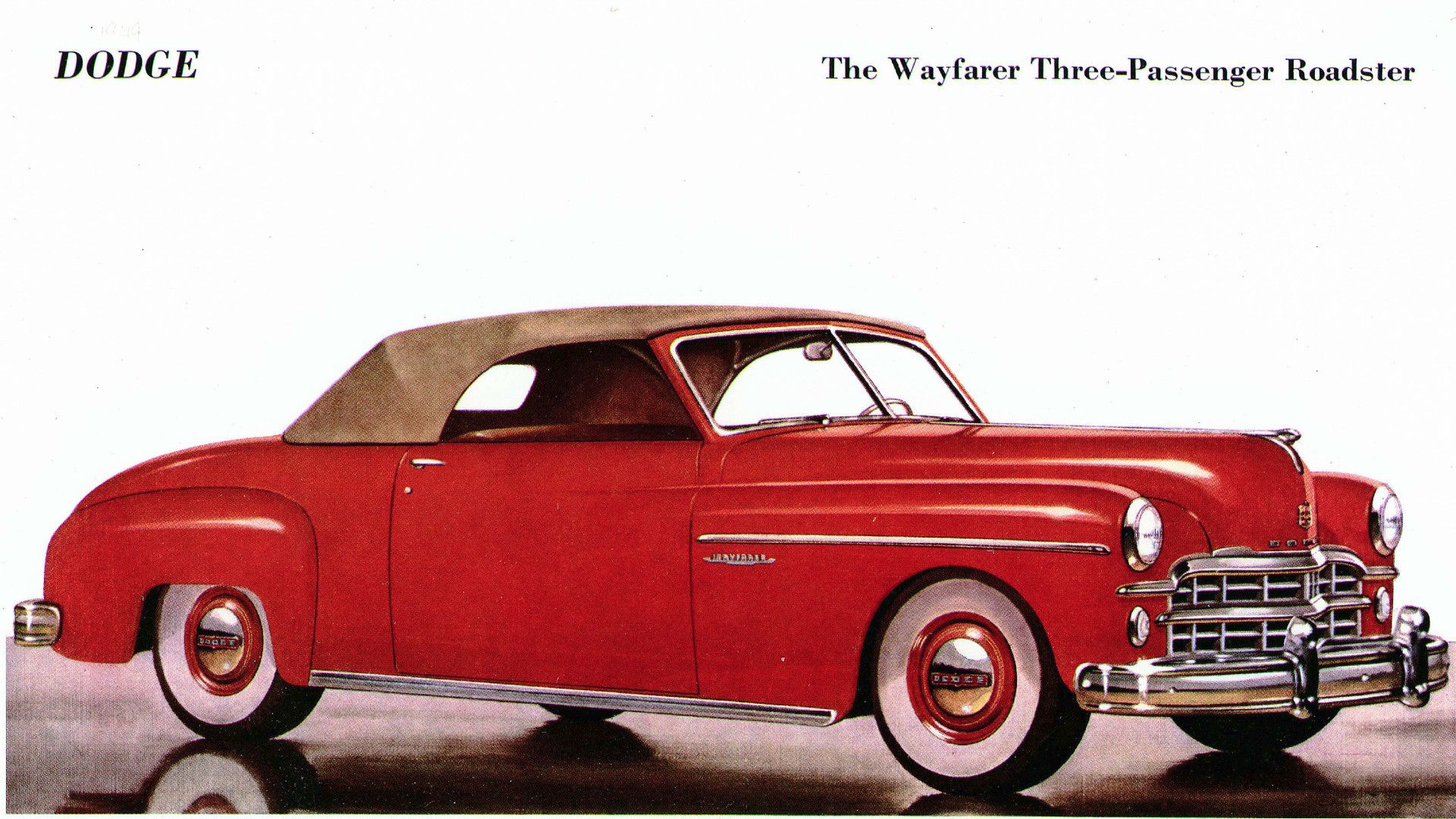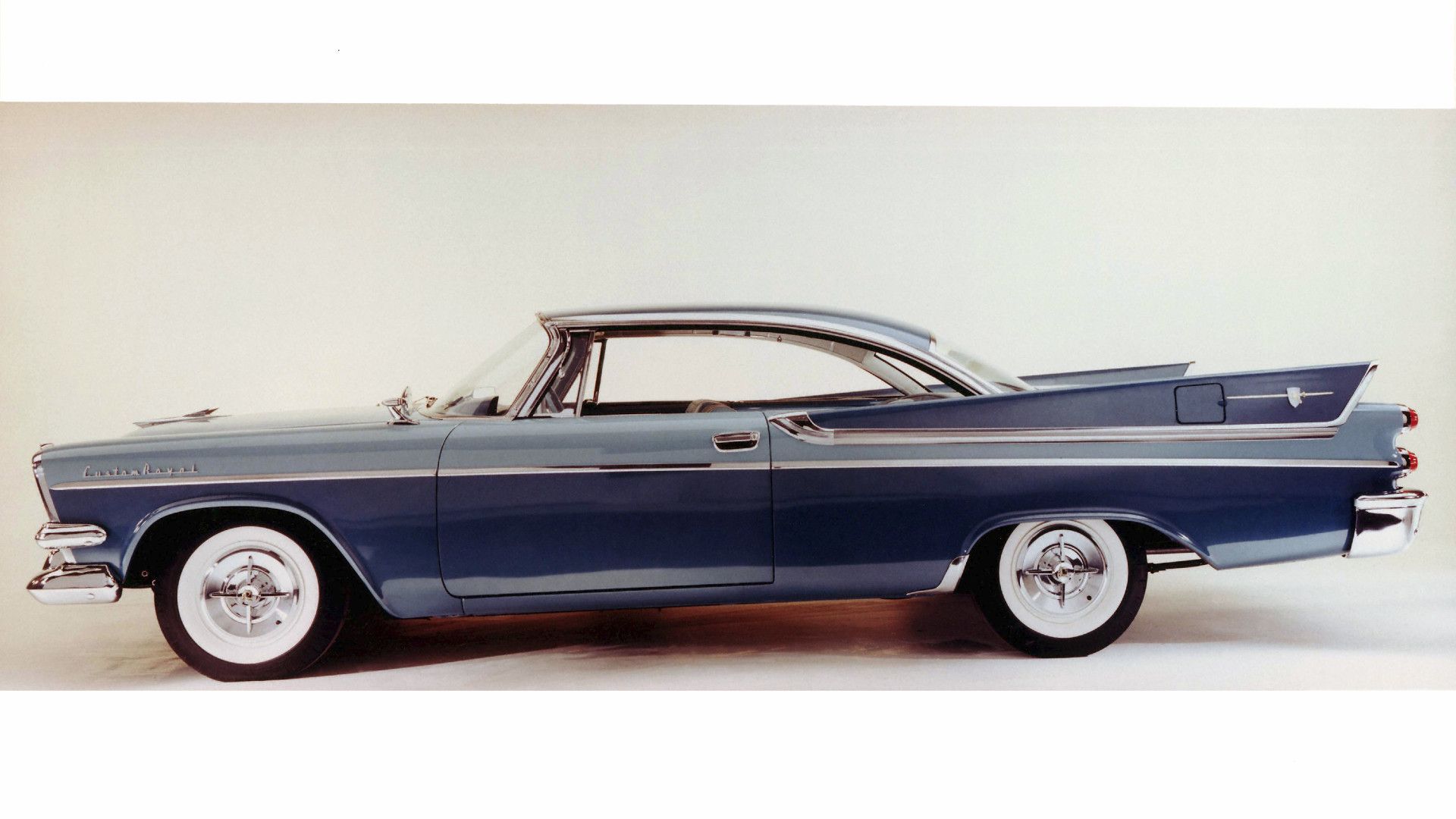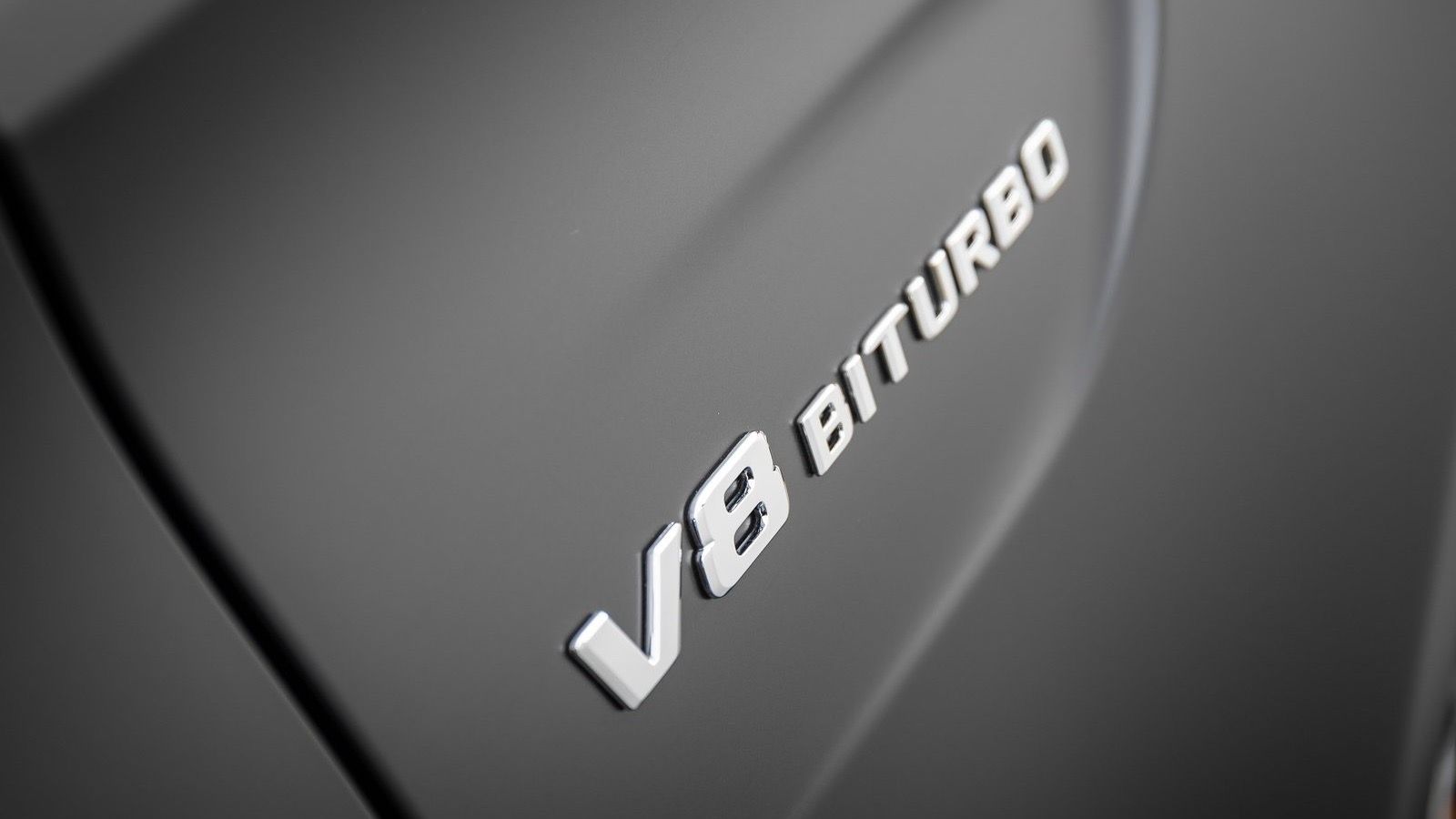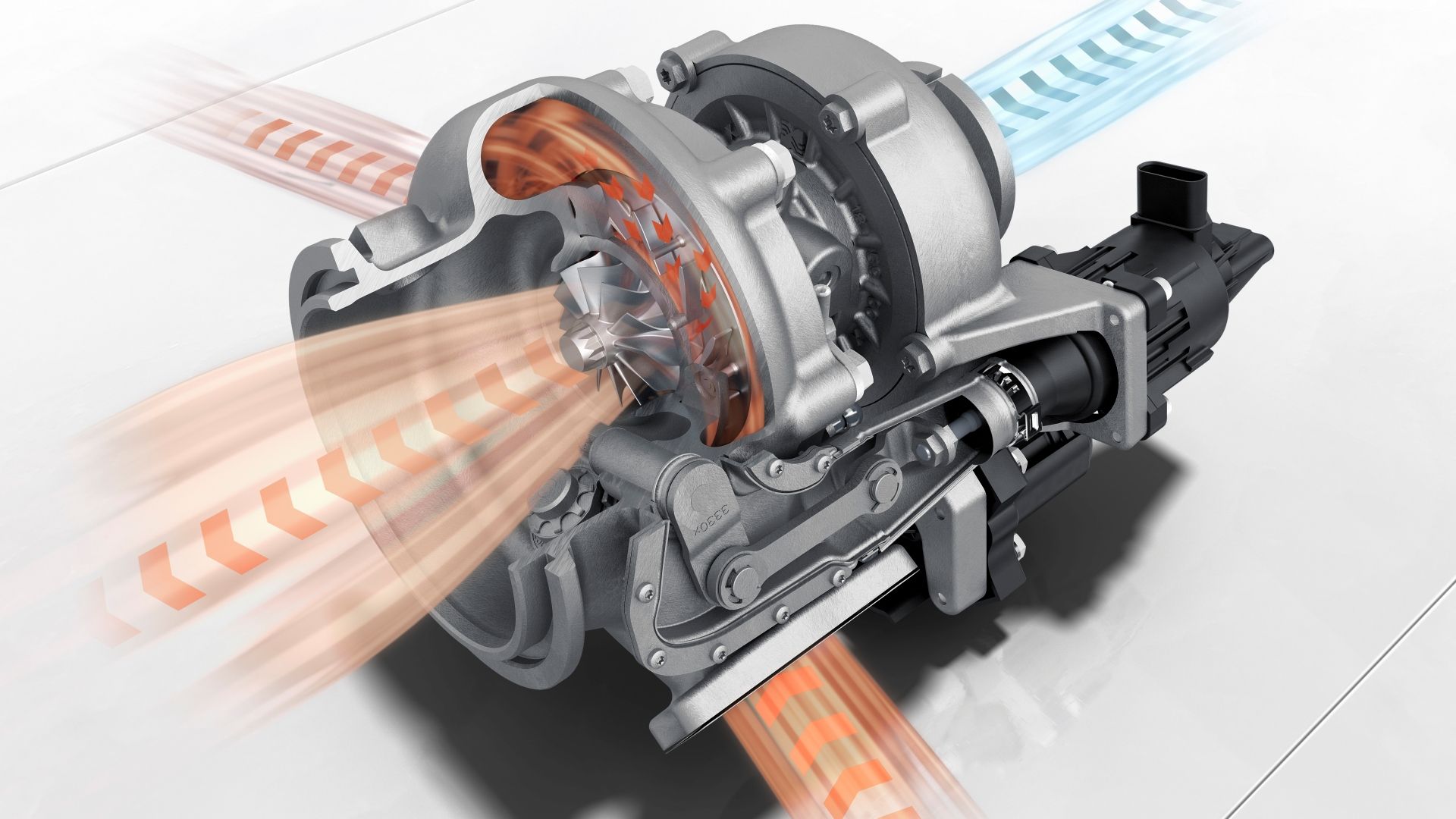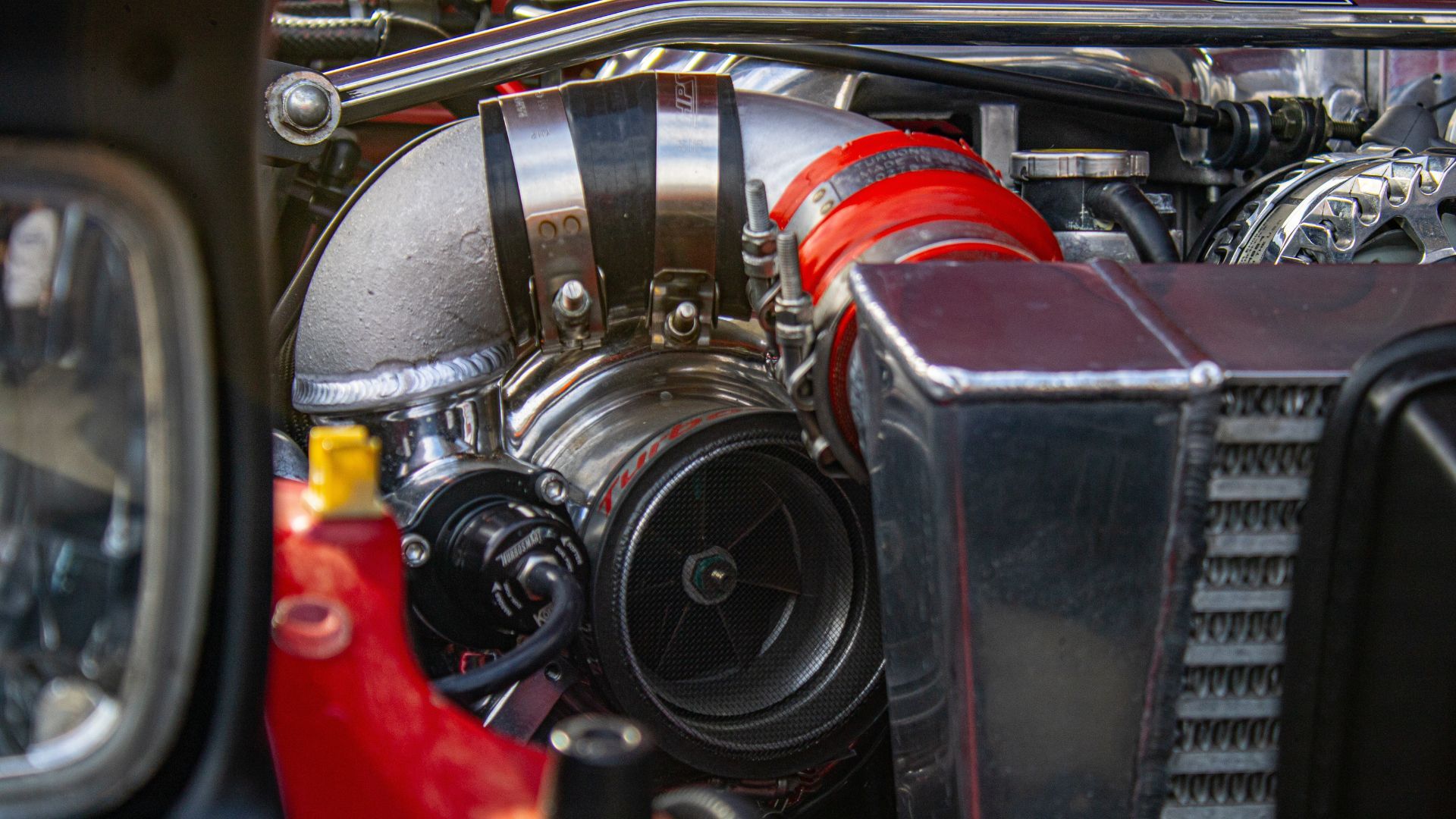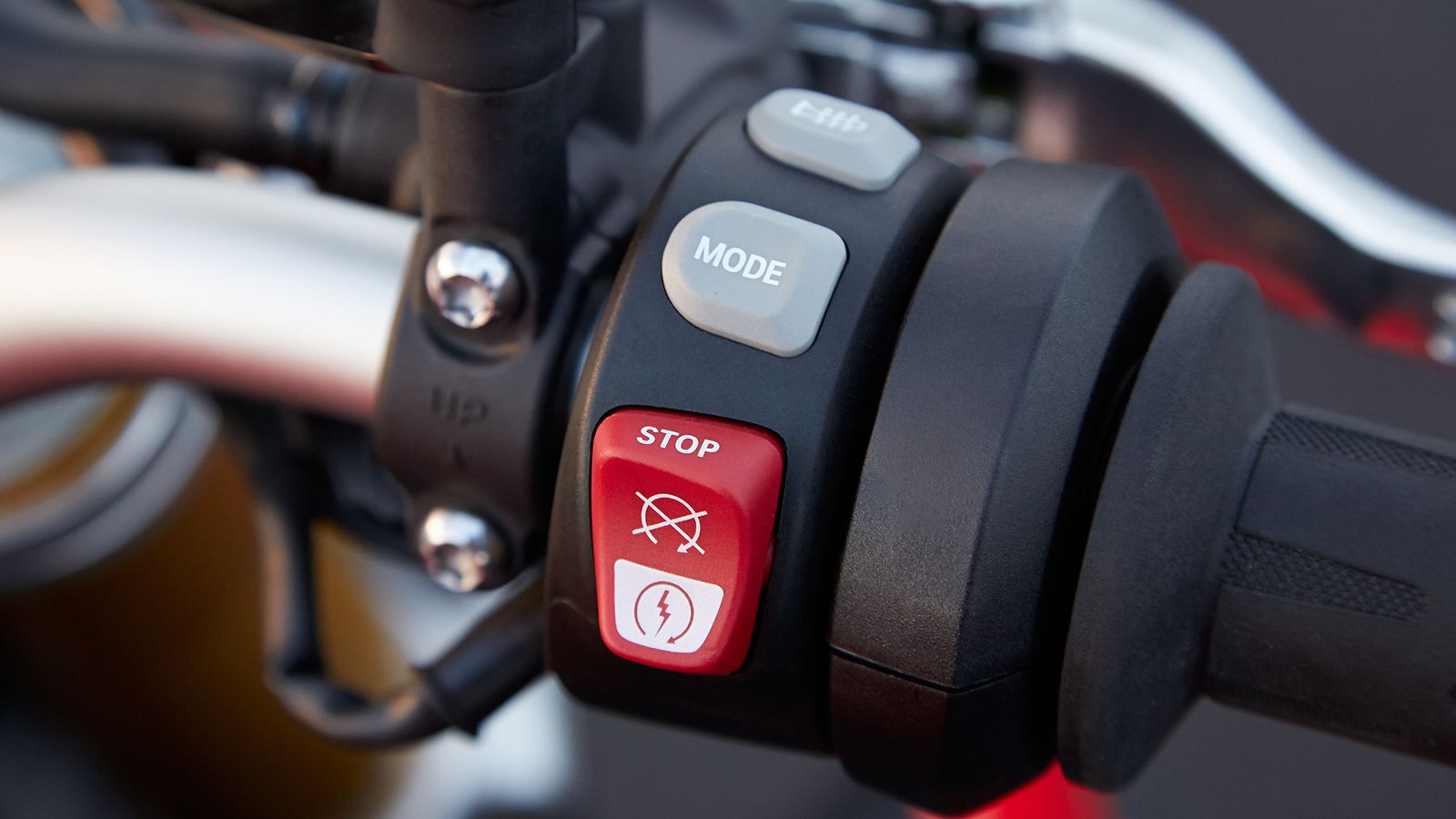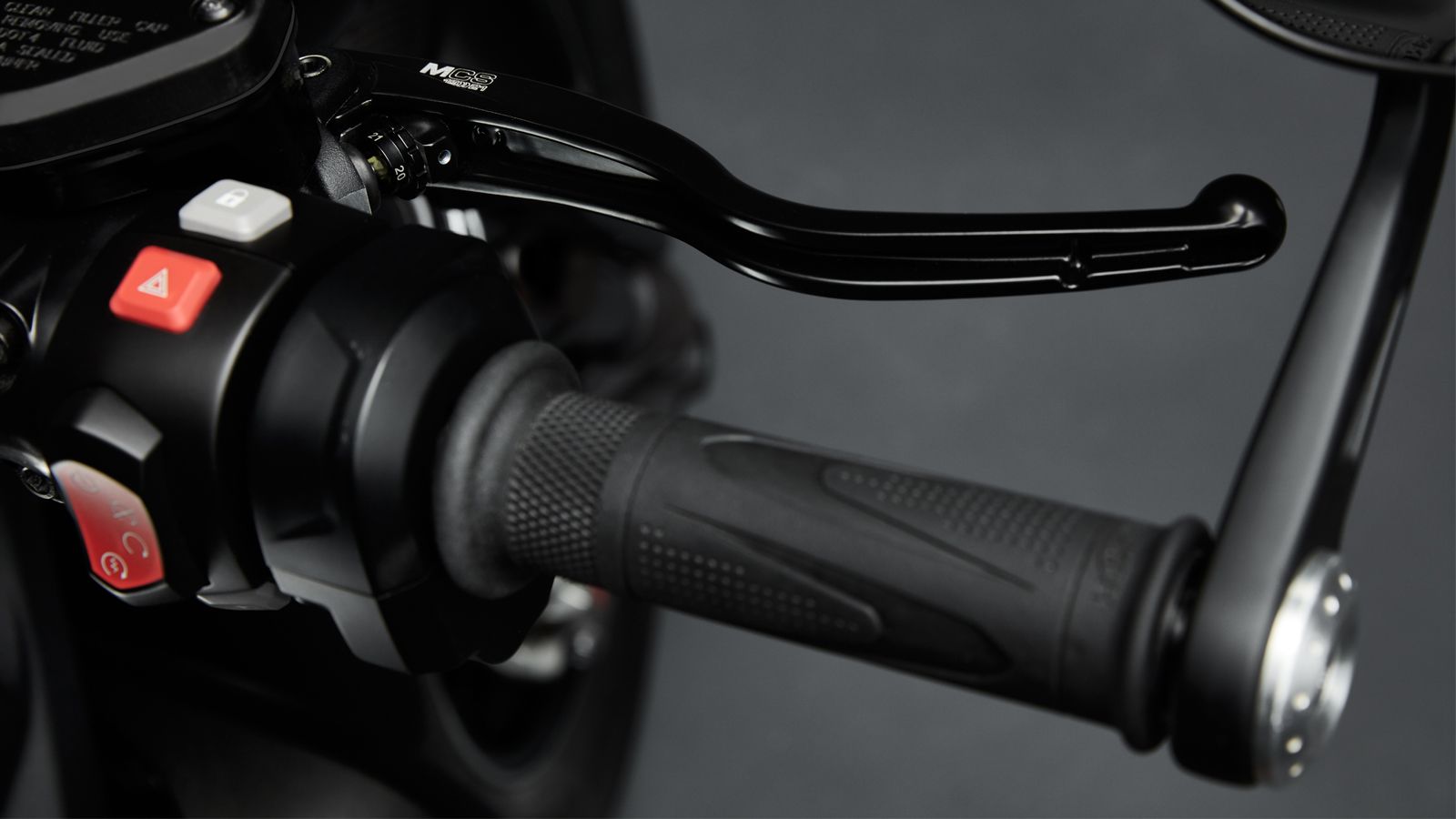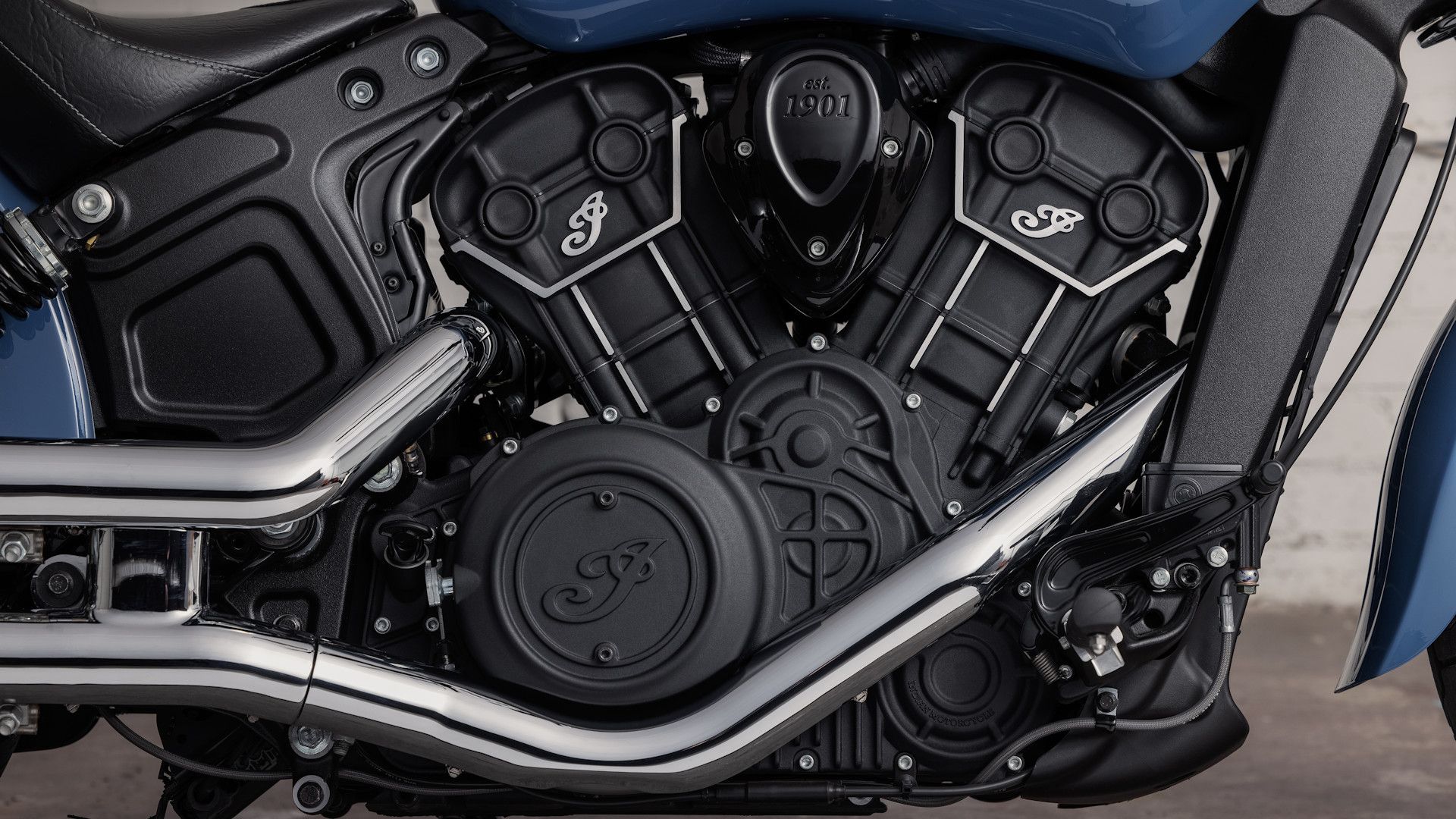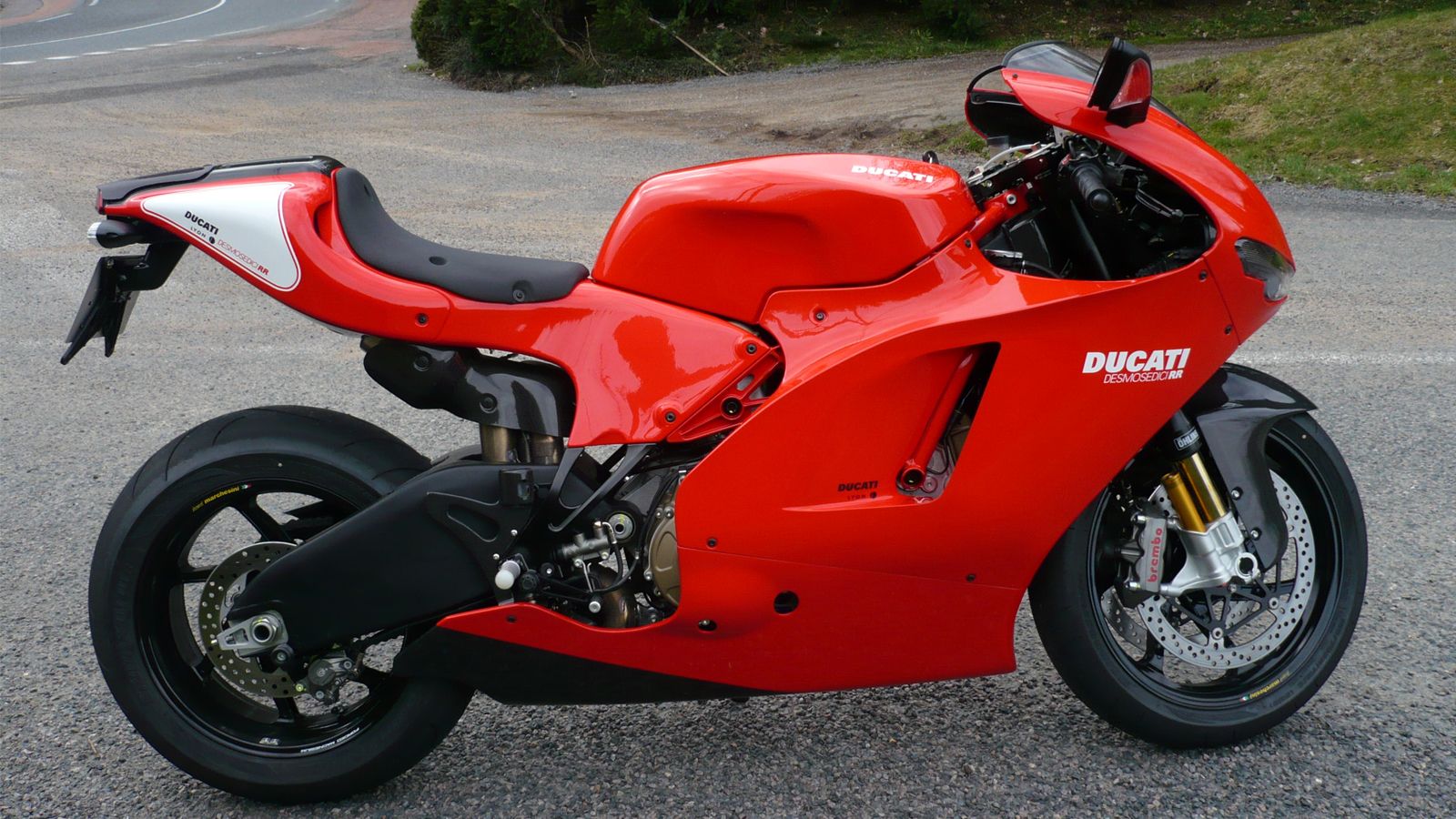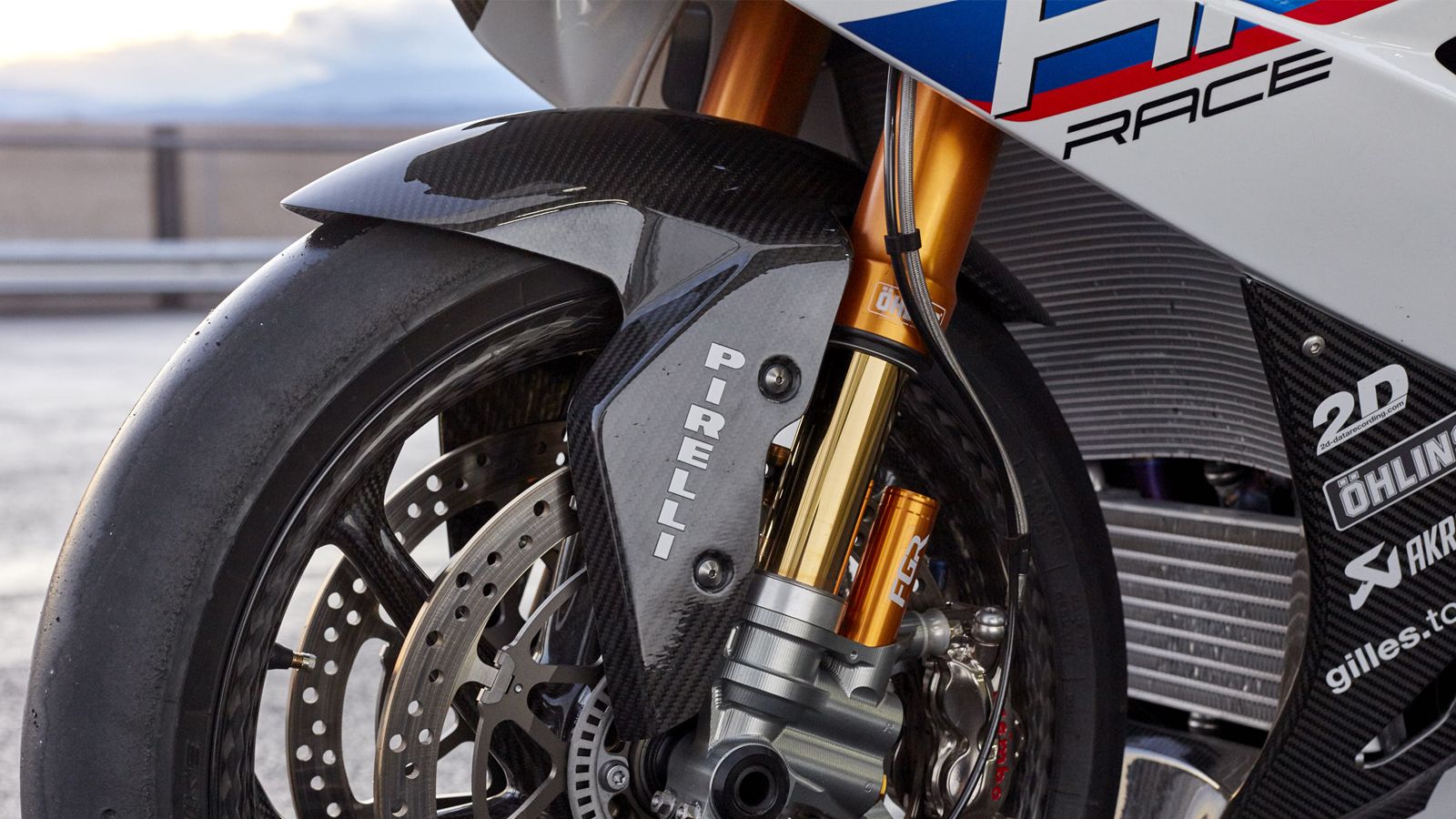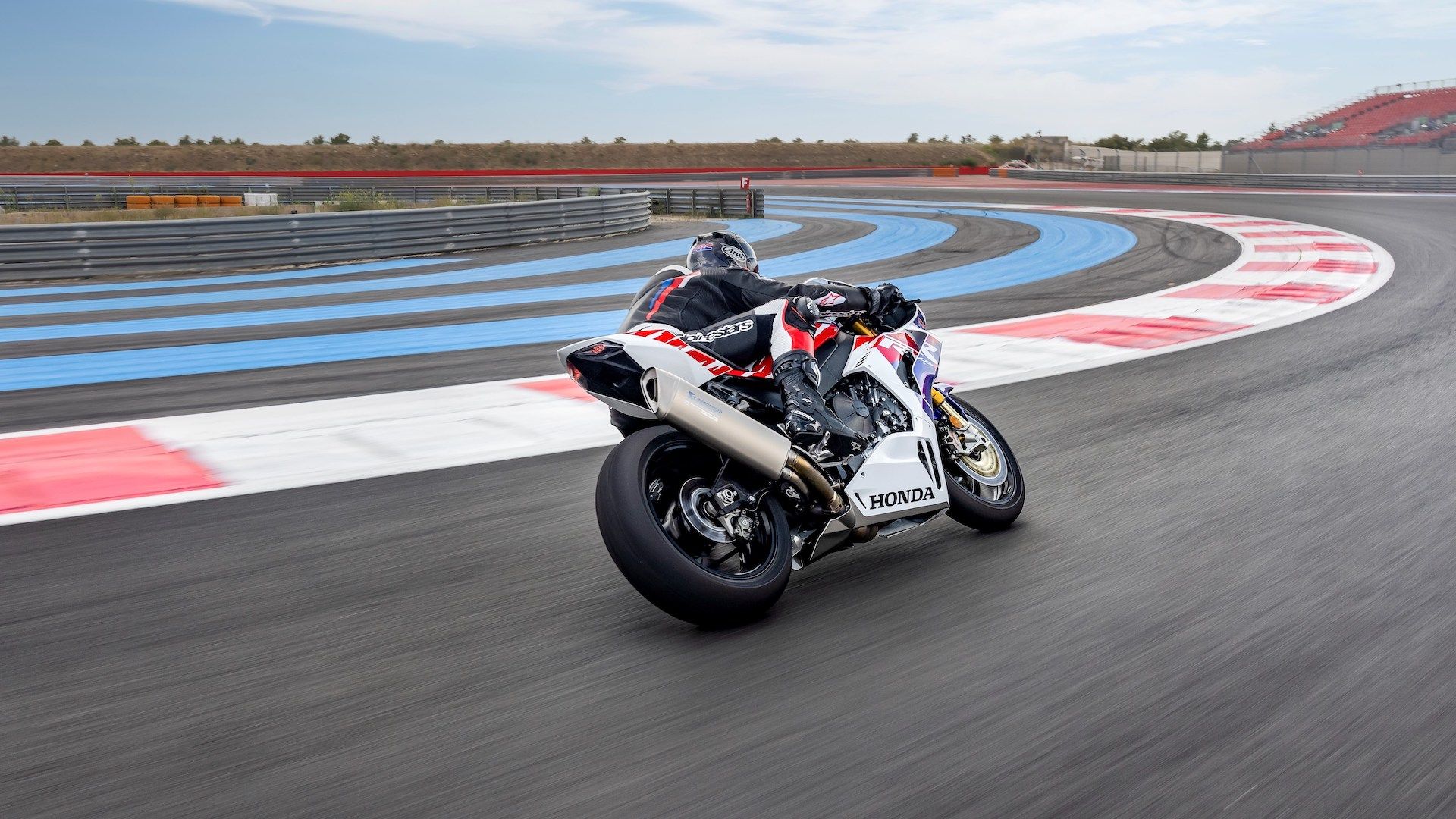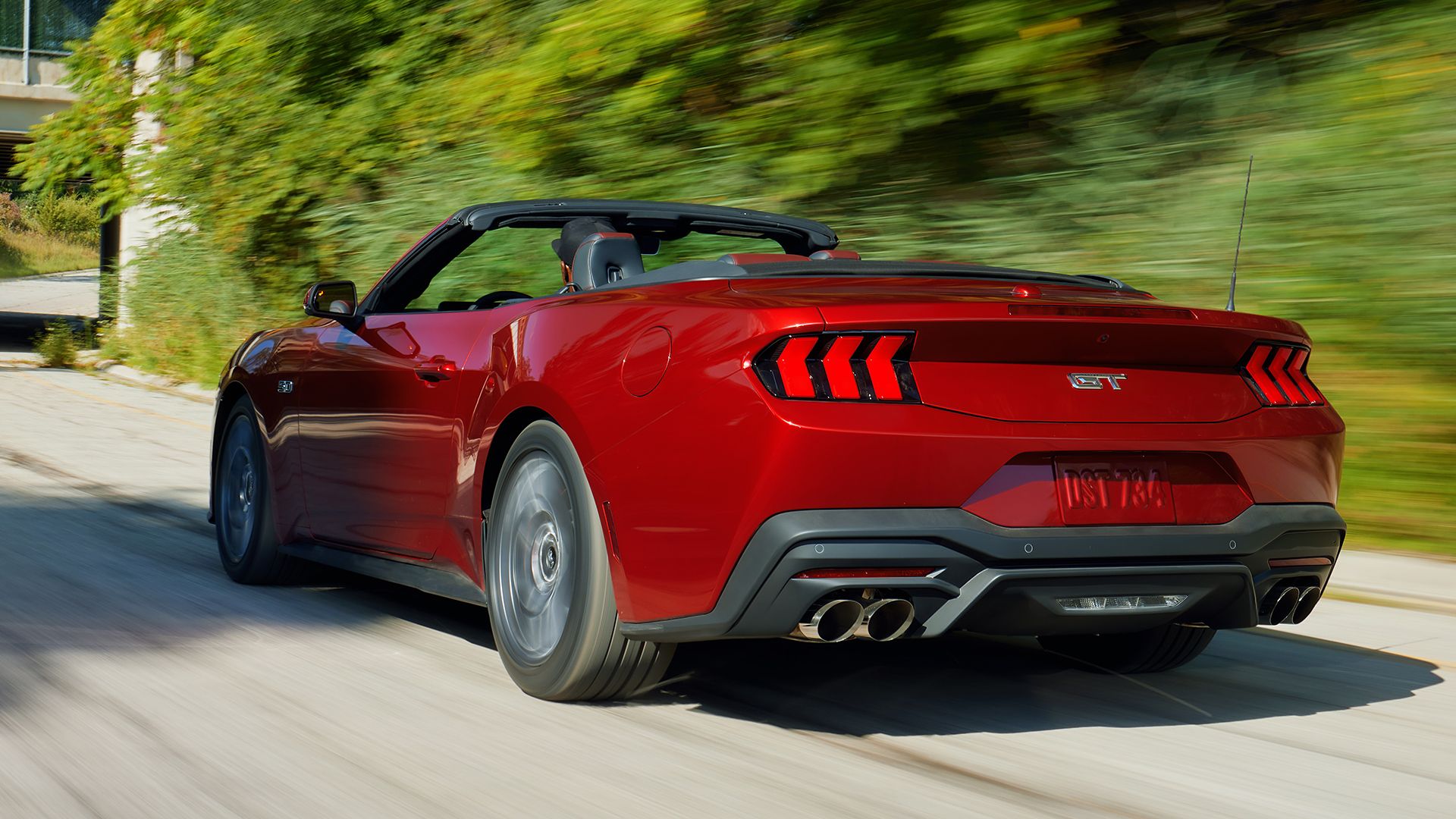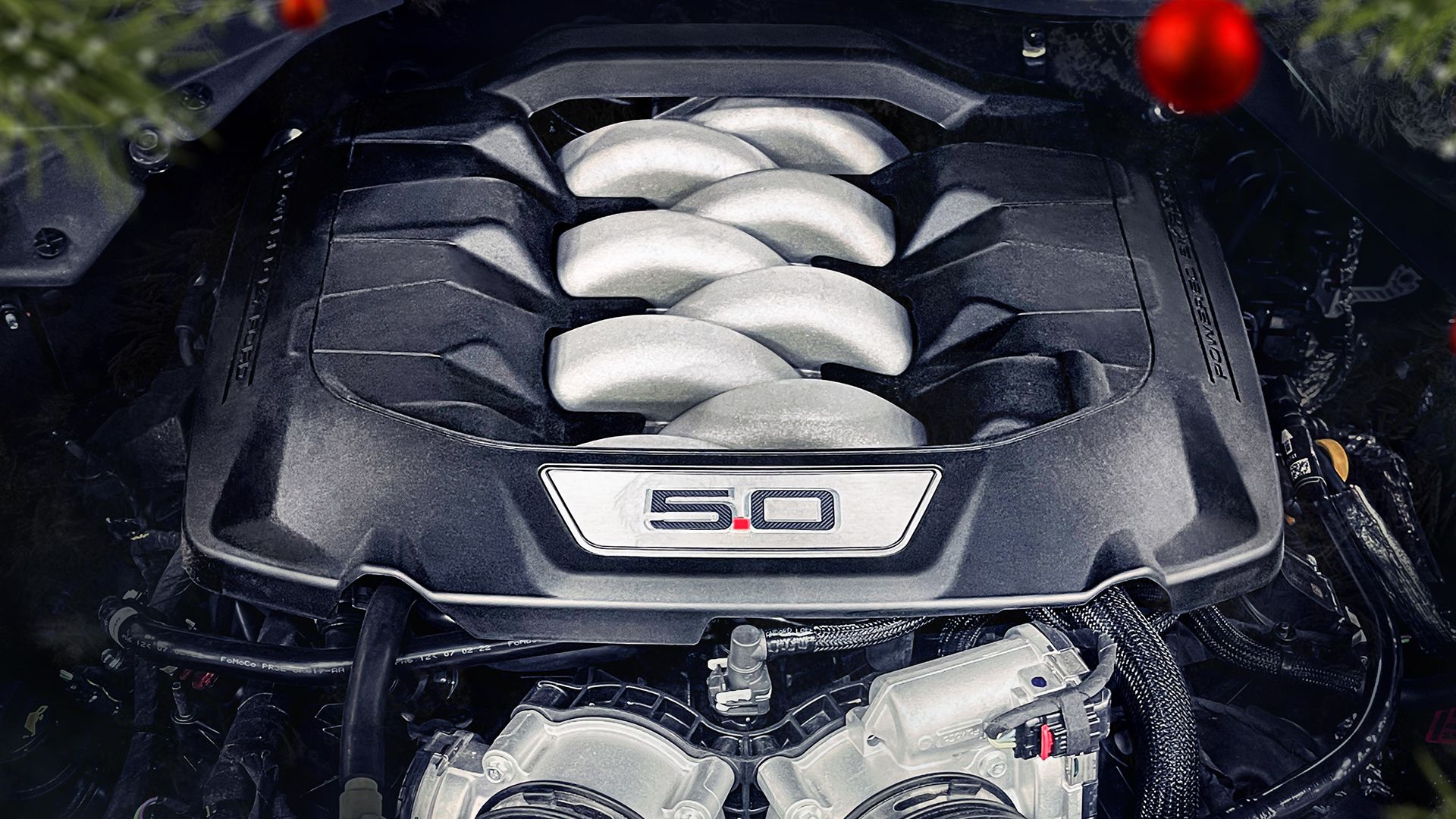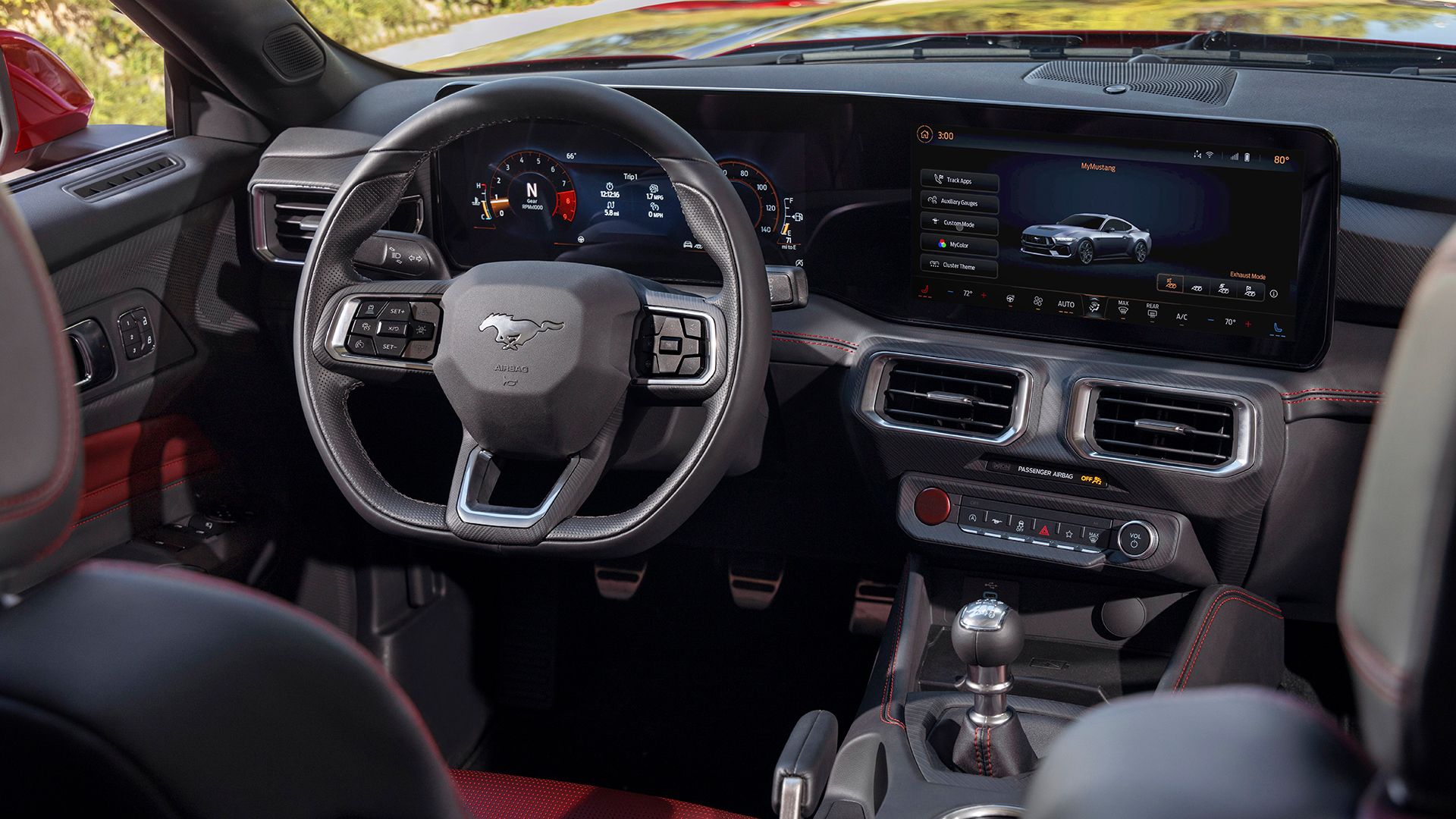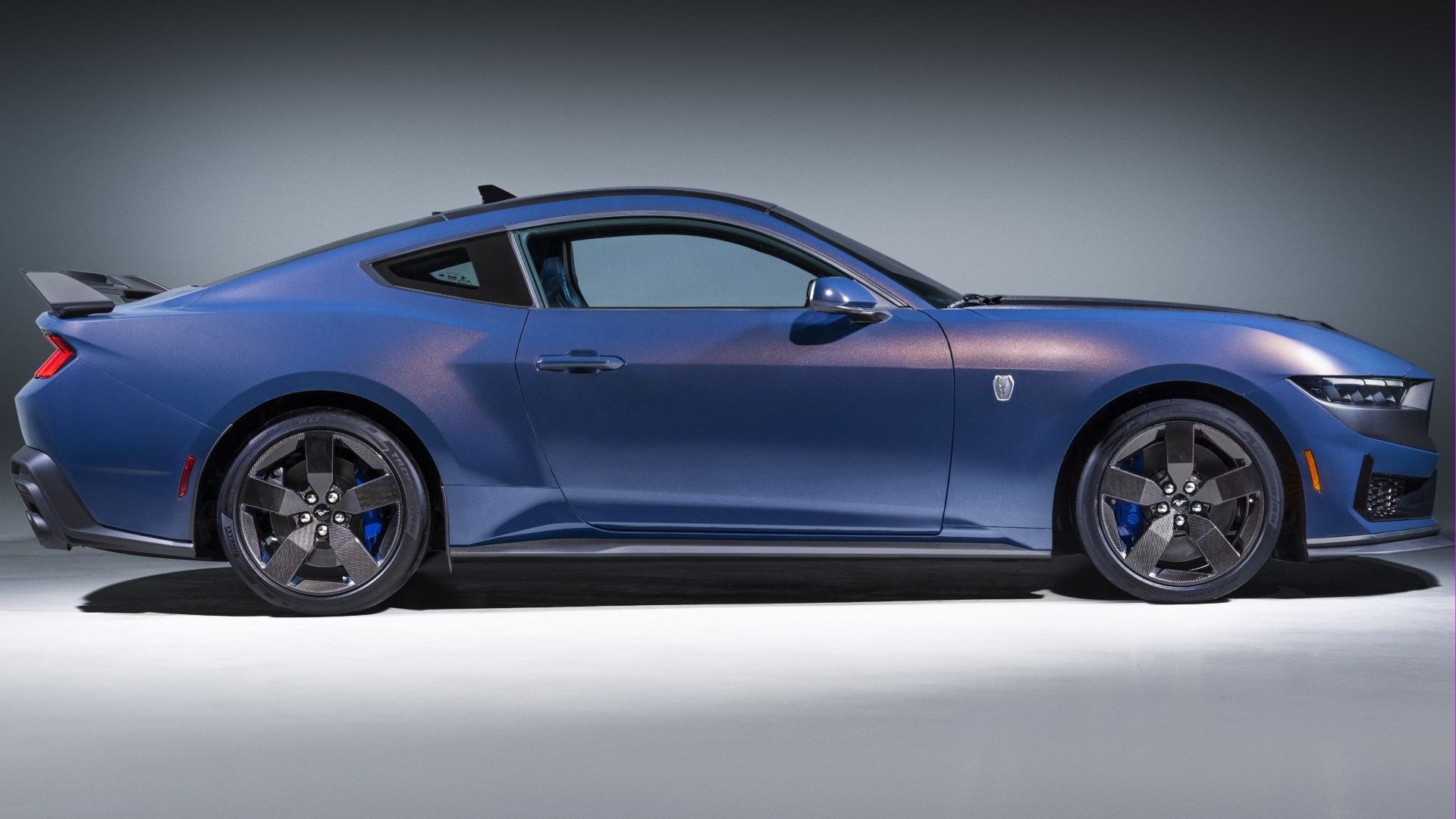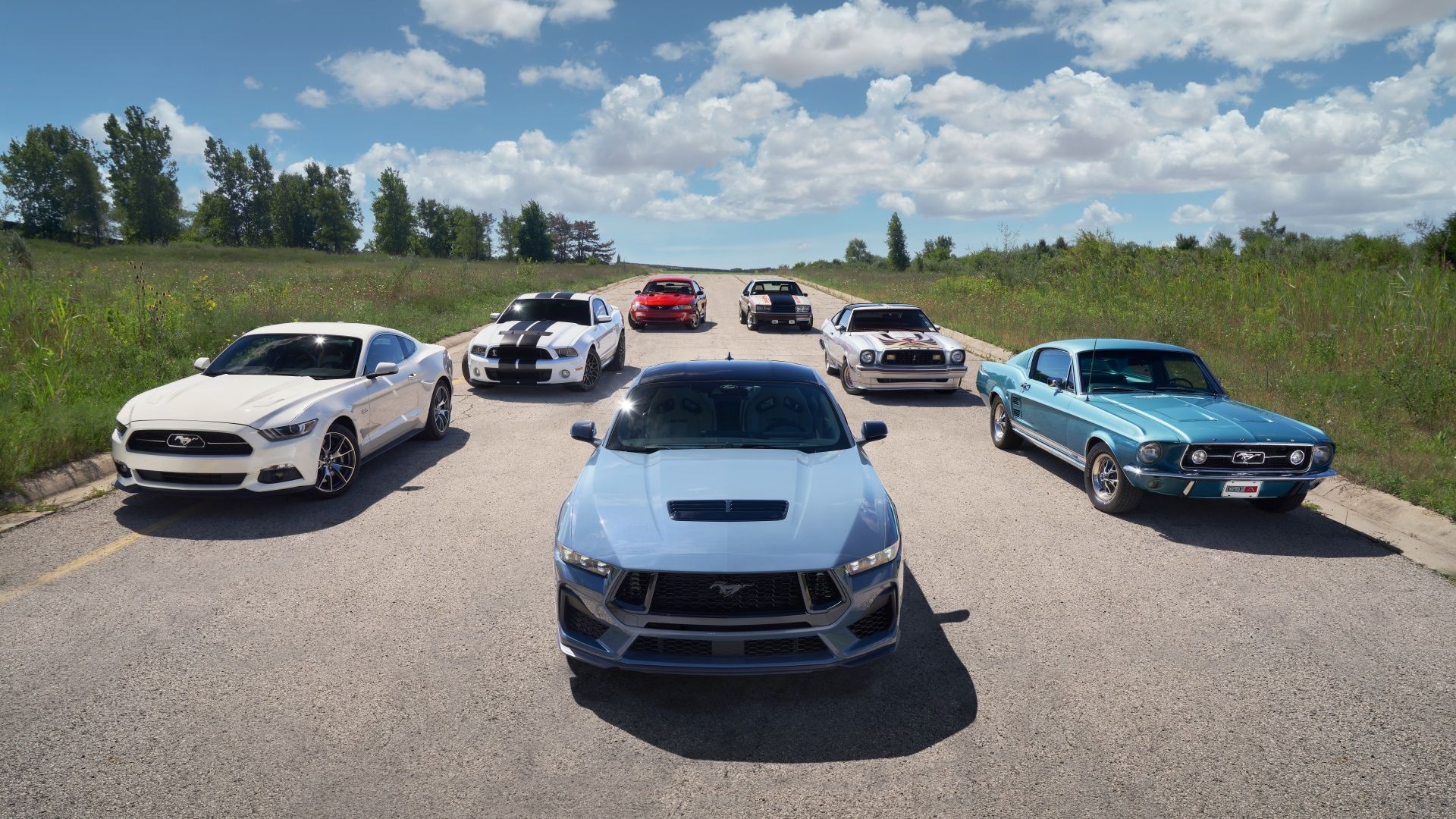From their smooth power delivery to their raw exhaust notes, V8 engines hold a special place in the hearts of enthusiasts. Unfortunately, with pressing environmental concerns and a shift in the market, both the V8 engine and the sedan body style are going away. Apart from a handful of American cars, V8-powered performance sedans are considered a dying breed, while most seem reserved for enthusiasts with deep pockets.
According to KBB: the average price of a new car is hovering at around $48,334, and used car prices are averaging at around $27,147 in 2023. With staggering new car prices and little variety in the V-8 sedan department, enthusiasts are looking into cars from the previous few decades with rose-tinted glasses, where V8 power was almost ubiquitous. Fortunately, there are a plethora of older V-8 performance sedans that deliver exceptional performance without making your wallet a Superleggera.
Even though most would agree that older cars are more fun and engaging to drive, one must be cautious not to veer off into the deep end. There seems to be a consensus among enthusiasts that the vehicles produced between the 1990s and the end of the 2000s hit the perfect balance between reliable modern technology and an analog driving experience. The following list contains older V-8 performance sedans, within the aforementioned era, that are reasonably priced yet slightly overlooked.
We’ve sourced data from Classic.com, and Car and Driver to bring you this list of 10 forgotten V-8 powered sports sedans that won’t break the bank.
10 BMW M5 E39
Avg price on Classic.com: $33,482
The E39 is BMW’s fourth generation of the 5-Series sedan, and the M5 is where BMW’s M division started to bless their cars with V8 engines. The V-8 strapped under the M5 was a beast: 400 horsepower as compared to the 350 hp from the comparable Mercedes and Audi of the period. Power is delivered via a 6-speed manual to a rear limited-slip differential. All complemented by a menacing look, nearly similar to the lesser E39s, making it a poster child of sleeper sedans.
Performance
|
Production |
1998–2003 |
|
Engine |
Naturally Aspirated 4.9L S62 V8 |
|
0 to 60 MPH |
5.3s |
|
Top Speed |
155 MPH |
|
Horsepower |
394 HP |
|
Torque |
369 Pound-Feet |
|
Transmission |
Getrag 420G 6-speed Manual |
|
Layout |
Rear-Wheel Drive |
|
Curb Weight |
3,792 pounds |
(Performance specifications sourced from automobile-catalog.com)
The E39 M5 is arguably the best 5-series sedan that the Bavarian manufacturer ever made. Being the perfect blend of the analog and the modern, the E39 M5 is slowly becoming a sought-after classic among enthusiasts. Prices are slowly creeping up, while ones in pristine condition are commanding a premium.
9 BMW M3 E90
Avg price on Classic.com: $29,695
The fourth-gen M3 is arguably BMW’s most daring 3-series; being the only generation of M3 fitted with a V-8 engine. The engine code of the E90 M3 gives the impression that it is related to the V-8 in the E39 M5, but unlike most other M engines, the S65 bears no relation to other BMW production engines. The S65 V-8, along with the S85 V-10 used in the E60 M5, were developed in-house by the M-Division.
Performance
|
Production |
2008-2013 |
|
Engine |
Naturally Aspirated 4.0L S65B40 V-8 |
|
0 to 60 MPH |
4.8s |
|
Top Speed |
155 MPH |
|
Horsepower |
414 HP |
|
Torque |
295 Pound-Feet |
|
Transmission |
6-speed manual 7-speed Getrag dual-clutch |
|
Layout |
Rear-Wheel Drive |
|
Curb Weight |
3,726 pounds |
(Performance specifications sourced from automobile-catalog.com)
This generation of M3 was available in three body styles, just like the E36: offered as a sedan (E90), a coupe (E92), or a convertible (E93). Despite some reported reliability issues, the BMW E92 coupe is highly sought after, with the GTS model taking all the spotlight. The E90 sedan appears to be staying within reach for a while now, making it a perfect pick for enthusiasts seeking practicality and performance.
8 Lancia Thema 8.32
Avg price on Classic.com: $21,274
The name Lancia evokes an illustrious past with an incredible rally pedigree. Unlike today, Lancia was one of the top Italian manufacturers, making cars for both the public and hard-core enthusiasts. The Thema was a luxury sedan that came out in 1984 and was produced until 1994. It was based on the all-new Type Four platform that was also shared among other Fiat brands. A variety of engines powered the Thema ranging from a 2.0-liter Fiat 834B inline-four to a 3.0-liter Alfa Romeo V-6.
Performance
|
Production |
1987–1989 |
|
Engine |
Transversely mounted 2.9L Ferrari Tipo F105L V-8 |
|
0 to 60 MPH |
6.8s |
|
Top Speed |
140 MPH |
|
Horsepower |
212 HP |
|
Torque |
210 Pound-Feet |
|
Transmission |
5-speed manual gearbox |
|
Layout |
Front-Wheel Drive |
|
Curb Weight |
3,086 pounds |
(Performance specifications sourced from automobile-catalog.com)
Lancia wanted their Thema to compete with the likes of BMW and Mercedes in the “super-sedan” segment. Since Fiat is also a stakeholder in Ferrari, they allowed Lancia to borrow the Tipo F105L V-8 for their vision of an ultimate sedan. The engine was mounted transversely for a front-wheel drive application, with a cross-plane crankshaft.
The 8.32 in the name implies the number of cylinders, followed by the number of valves. Power was delivered via a five-speed manual. There was also a retractable rear spoiler for stability at high speed that was flush with the trunk lid when not needed. The Thema 8.32 was considered a fantastic car, with even Enzo Ferrari himself having one as his personal car for many years.
7 Maserati Quattroporte M139
Avg price on Classic.com: $20,976
The fifth generation of the Quattroporte, which debuted in 2003, was the company’s flagship large sedan. It was powered by a front mid-mounted NA Ferrari V-8 called the F136, which was a joint venture between Ferrari and Maserati. The V-8 used a cross-plane crankshaft and had one of the most addictive soundtracks in the entire industry. It was also considered an icon of Italian elegance, being designed by Pininfarina’s then chief designer.
Performance
|
Production |
2003–2012 |
|
Engine |
Naturally Aspirated 4.7L Ferrari F136 Y V-8 |
|
0 to 60 MPH |
5.3s |
|
Top Speed |
168 MPH |
|
Horsepower |
396 HP |
|
Torque |
339 Pound-Feet |
|
Transmission |
6-speed ZF 6HP26 automatic |
|
Layout |
Rear-Wheel Drive |
|
Curb Weight |
4,387 pounds |
(Performance specifications sourced from automobile-catalog.com)
The M139 Quattroporte had a six-figure price tag when new. Currently, prices are averaging at around the $21,000 mark, but with a good reason. While it is adored for its gorgeous styling and sensational engine noise, it is also well known for its horrendous reliability. The initially offered DuoSelect automated manual transmission was known for burning through clutches and expensive repairs. Fortunately, the latter ZF units were fairly reliable and were less janky.
6 Chevy Impala SS
Avg price on Classic.com: $20,931
Perhaps everyone is familiar with the fourth-generation Chevy Caprice Police Interceptors used in the late 80s and early 90s. Well, for a brief period, they also made some monsters for the villains based on the same platform: the Chevy Impala SS. It was the embodiment of a sleeper muscle sedan from the 90s. It had much of the equipment from the police car twin, including a sport-tuned suspension, dual exhausts, a high-capacity cooling system, and a higher-output electrical system.
Performance
|
Production |
1994-1996 |
|
Engine |
5.7L (350 cu in) LT1 V-8 |
|
0 to 60 MPH |
7.1s |
|
Top Speed |
145 MPH |
|
Horsepower |
260 HP |
|
Torque |
330 Pound-Feet |
|
Transmission |
4-speed 4L60-E automatic |
|
Layout |
Rear-Wheel Drive |
|
Curb Weight |
4,037 pounds |
(Performance specifications sourced from automobile-catalog.com)
While performance figures don’t look all that interesting by today’s standards. It was powered by the same LT1 V-8 engine used in the C4 Corvette of the period, albeit with a slightly different cylinder head, earning it the nickname “The Four-Door Corvette”. Today, the Impala SS seems forgotten, despite its reasonable price tag, good reliability, and performance.
5 Cadillac CTS-V – 1st Gen
Avg price on Classic.com: $20,050
Throughout the years Cadillac had cemented its name as the premier luxury offering from General Motors. However, in 2004, GM decided to throw their strongest punch against their German rivals: the likes of BMW M5 and Mercedes C55 AMG. They took the ordinary CTS sedan and strapped their LS engines snatched from the Corvette, with the only transmission available being a six-speed manual.
Performance
|
Production |
2004-2007 |
|
Engine |
5.7L OHV LS6 V-8 6.0L OHV LS2 V-8 |
|
0 to 60 MPH |
4.6s |
|
Top Speed |
163 MPH |
|
Horsepower |
400 HP |
|
Torque |
395 Pound-Feet |
|
Transmission |
6-speed Tremec T-56 manual |
|
Layout |
Rear-Wheel Drive |
|
Curb Weight |
3,849 pounds |
(Performance specifications sourced from automobile-catalog.com)
The CTS-V was received with much fanfare. The first-gen CTS-V was a bit of a sleeper and a steal next to the German competition of its time, and its pricing remains great by comparison today. It can also be found with much more reasonable pricing than its successor, despite only 8,802 being built.
4 Mercury Marauder – 3rd Gen
Avg price on Classic.com: $18,096
In 2003, Ford pulled the same trick Chevy pulled a few years ago with the Impala SS to the Mercury Grand Marquis and named it the Marauder. But unlike the Impala SS, the Marauder was sold in small numbers, 11,052 of them to be exact. Adding to the aura of the sleeper muscle sedan was that 8,330 of the 11,052 were sold in a black color.
Performance
|
Production |
2003–2004 |
|
Engine |
4.6L Modular DOHC V-8 |
|
0 to 60 MPH |
7.5s |
|
Top Speed |
137 MPH |
|
Horsepower |
302 HP |
|
Torque |
318 Pound-Feet |
|
Transmission |
4-speed automatic |
|
Layout |
Rear-Wheel Drive |
|
Curb Weight |
4,195 pounds |
(Performance specifications sourced from automobile-catalog.com)
Unlike its other panther-bodied brethren, the Marauder shared its V-8 with the fourth-gen Ford Mustang Mach 1. The Marauder also used heavier-duty brake and suspension components from the Ford Crown Victoria Police Interceptor. The Marauder is truly an icon with a spirit from the V-8 muscle car era. When you consider that this is the final old-school, body-on-frame, American V-8 muscle sedan, the premium over a standard Grand Marquis would make it a worthwhile purchase.
3 Mercedes-Benz 400E – W124
Avg price on Classic.com: $12,798
Early in the 1990s, the famed partnership between the Stuttgart powerhouses Mercedes and Porsche gave birth to an icon: a 5.0L V-8 powered super sedan dubbed the 500E. Well, the prices of those cars are slowly reaching a new high. The 400E is the little brother of the 500E, not as special but nearly as powerful, currently averaging a quarter of the price.
Performance
|
Production |
1992–1993 400E 1994-1996 E420 |
|
Engine |
4.2L M119.975 V-8 |
|
0 to 60 MPH |
6.8s |
|
Top Speed |
155 MPH |
|
Horsepower |
275 HP |
|
Torque |
295 Pound-Feet |
|
Transmission |
4-speed 4G-TRONIC Automatic |
|
Layout |
Rear-Wheel Drive |
|
Curb Weight |
3,571 pounds |
(Performance specifications sourced from automobile-catalog.com)
The 400E and the 500E basically shared the same M119 V-8 engine, except the 500E’s had larger bore and stroke. The 400E is 54 horses less than the 500E, but is still a potent sedan. For the 1994 model year, Mercedes altered the naming convention of their lineup such that the number, which now represents the displacement, came before the letter. Therefore, the 400E is now the 420E but is the same vehicle.
2 Jaguar XJ308
Avg price on Classic.com: $12,425
The XJ was Jaguar’s full-size luxury sedan nameplate since the series-1 came out in 1968. The XJ308 was the sixth generation of XJs. It kept much of the same exterior styling as its predecessor, the Jaguar XJ (X300), carrying its rounded four-headlamp hood, low roof-line, sloping tail, and wrap-around rear light clusters. Where the XJ308 differed was in the engine bay, it was the first outing of Jaguar’s legendary AJ-V8 in a sedan body style.
Performance
|
Production |
1998–2003 |
|
Engine |
NA/Supercharged 4.0L Jaguar AJ V-8 |
|
0 to 60 MPH |
7.3s |
|
Top Speed |
149 MPH |
|
Horsepower |
290-370 HP |
|
Torque |
290-387 Pound-Feet |
|
Transmission |
5-Speed Automatic |
|
Layout |
Rear-Wheel Drive |
|
Curb Weight |
3,968-4,134 pounds |
(Performance specifications sourced from automobile-catalog.com)
Every available engine for the XJ308 was a V-8 with a displacement beginning at 3.2L. Jaguar only sent the 4.0L versions to the US, both in short and long-wheelbase form, with either a naturally-aspirated V-8 with 290 horsepower, or a supercharged V-8 with a whopping 370 horsepower.
Jaguar greatly benefited from Ford’s ownership back in the day, the XJ308 is considered a fairly reliable Jaguar and the last of the original XJ line before Jaguar’s switch to a more modern approach for the XJ350-generation car. The XJ308 offers a nice sweet spot between the classic and the modern, at a reasonable price tag.
1 Audi S8 D2
Avg price on Classic.com: $12,297
“S” badged Audis are mechanically upgraded, high-performance versions of their regular line-up of cars. Kind of like Audi’s own AMG or M-Division. The Audi S8 is the performance variant of their full-size luxury sedan, the A8, fitted with Audi’s Quattro all-wheel drive system as standard. Introduced for the 1996 model year, the D2 was the first generation of S8s. It was fitted with a powerful 4.2L V-8, along with various upgrades to the drivetrain and chassis.
Performance
|
Production |
1996-2003 |
|
Engine |
4.2 L ABZ/AHC V-8 |
|
0 to 60 MPH |
6.3s |
|
Top Speed |
155 MPH |
|
Horsepower |
360 HP |
|
Torque |
317 Pound-Feet |
|
Transmission |
6-speed manual 5-speed ZF 5HP24 Tiptronic automatic |
|
Layout |
All-Wheel Drive |
|
Curb Weight |
4,067 pounds |
(Performance specifications sourced from automobile-catalog.com)
The Audi S8 ticks so many boxes for enthusiasts seeking a true performance sedan: it has a naturally-aspirated 4.2L V-8 with over 360 horsepower, it was available as a manual, it has independent double wishbone suspension, it has an AWD system and aluminum construction for all-weather practicality, and it currently sits at a very reasonable price point. One must be aware that the A8 and S8 were technologically advanced cars for the time, thus keep an eye out for any potential problems that could eventually affect their longevity.
